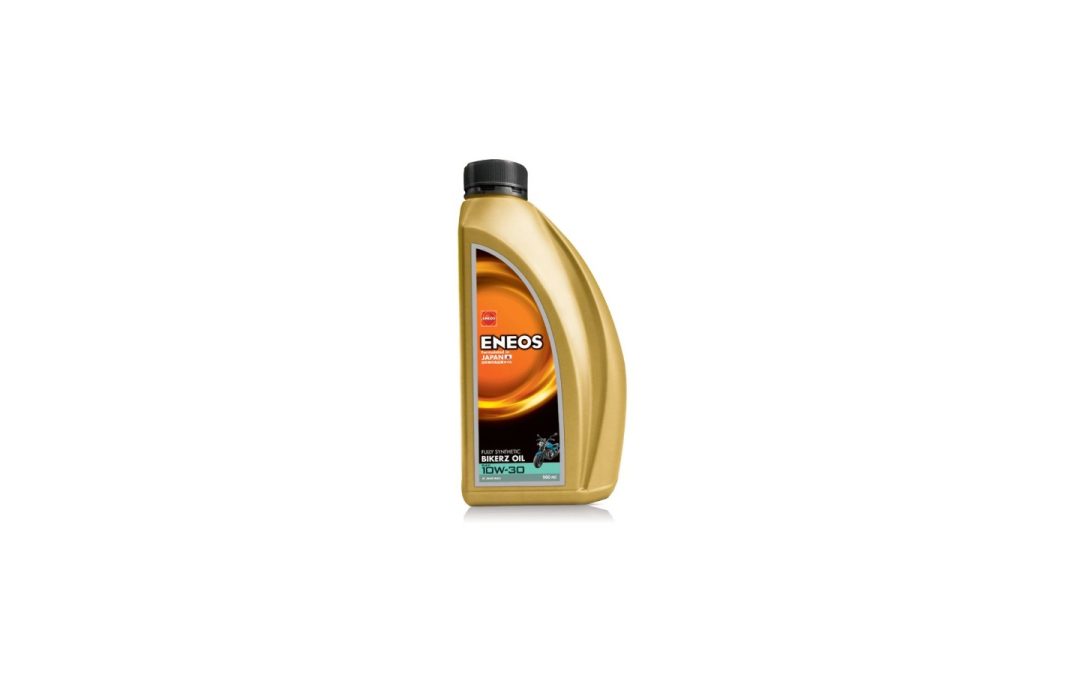Enjoying a motorcycle ride has its perks; it gives the rider a sense of freedom and excitement in every ride, but managing the motorcycle needs consistency and, most of all, expertise, especially in handling its lubricant. So, how often should you change the bike’s oil? Let’s take a look at what factors may affect the functioning of this rule and what type of oil is the most suitable.
Factors Influencing Oil Change Frequency
Motorcycle lubricant should be changed frequently in order to ensure that your bike is in good condition and that its efficiency is not reduced. Three primary factors influence the frequency of these changes:
Make and Model of the Bike
All motorcycles are not the same; thus, the need for oil changes may differ, as well as the type of oil that is recommended for use. These specifics depend on the make and model of your bike. This is because some motorcycles, especially those that are high-performance, may need to be changed more frequently because of the work that their engines go through. However, it is preferable to consult your bike’s service manual for accurate information on oil change intervals based on your bike model.
Frequency of Use
How often and how far you ride your bike significantly impacts the oil’s lifespan. Bikes used for daily commuting or frequent long-distance rides accumulate mileage quickly, leading to faster oil degradation. In such cases, more regular oil changes are necessary to ensure the engine remains well-lubricated and protected. Conversely, if your bike is used infrequently or for shorter distances, the oil might last longer, but it should still be changed periodically to prevent degradation over time.
Types of Lubricants and Their Impact
- Mineral Oils: These are the most basic and least expensive options available. They typically require replacement every 2,000 kilometres. While they are suitable for many motorcycles, they might not offer the best protection for high-performance engines.
- Semi-Synthetic Oils: These offer a balance between cost and performance. Recommended replacement intervals for semi-synthetic oils range from 3,000 to 5,000 kilometres. They provide better protection and performance than mineral oils but are not as long-lasting as fully synthetic oils.
- Fully Synthetic Oils: These are the most advanced and expensive types of lubricants, designed for high performance and longevity. Fully synthetic oils can last between 7,000 to 10,000 kilometres before needing a change. They offer superior protection and efficiency, making them ideal for high-performance and modern engines.
When to Change Your Bike’s Oil
- New or Used Bike: If you’ve purchased a new or used bike, changing the oil immediately is advisable, regardless of the current oil’s condition. This ensures that the engine starts its journey with clean and fresh lubricant.
- Regular Usage: For regular riders, adhering to the mileage recommendations based on the type of oil used is crucial. Frequent checks and timely changes can significantly enhance your bike’s performance and longevity.
- Infrequent Usage: Even if you don’t ride your bike often, changing the oil at least twice a year is recommended. Oil can degrade over time, losing its effectiveness even without significant mileage.
- Visual Inspection: Regularly check the oil’s appearance. If it looks dirty or the engine’s performance seems off, it’s time for a change, regardless of the mileage or time elapsed since the last change.
The Role of Oil in Your Bike
Oil serves several critical functions in your bike’s engine, ensuring its optimal performance and longevity. Here’s how:
Lubrication
The primary role of engine oil is to lubricate the moving parts within the engine. By reducing friction, engine oils like the 10W-30 engine oil minimise wear and tear on components, allowing the engine to run smoothly. Without proper lubrication, the engine parts would grind against each other, leading to significant damage and reduced efficiency.
Cooling
Engines generate a lot of heat, especially in the combustion chamber. Oil plays a vital role in absorbing and dissipating this heat. By circulating through the engine, oil helps maintain an optimal operating temperature, preventing the engine from overheating and sustaining potential damage.
Cleaning
Oil also acts as a cleaning agent for the engine. It picks up dirt, debris, and other contaminants that accumulate within the engine. By preventing the build-up of these harmful deposits, oil helps keep the internal components clean, reducing the risk of engine damage and maintaining efficiency.
Protection
During cold starts and extreme operating conditions, motorcycle engine oil provides a protective layer over the engine components. This layer reduces the risk of metal-on-metal contact, which can cause significant damage. The oil’s protective qualities are crucial for preventing wear during the moments when the engine is most vulnerable.
Conclusion
Maintaining the right oil level and quality in your bike is essential for optimal performance and longevity. Always refer to your motorcycle’s service manual for specific recommendations and adhere to the golden rule: when in doubt, consult the manual. Regularly replacing your bike’s oil, whether mineral, semi-synthetic, or fully synthetic, ensures a smoother ride, better performance, and a longer-lasting engine. Remember, the right oil can make a significant difference in your bike’s overall health and performance.
